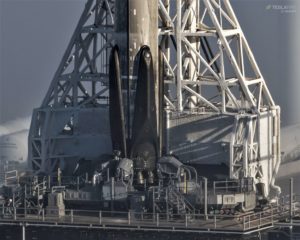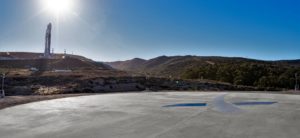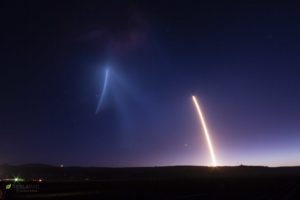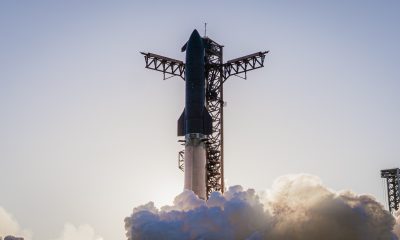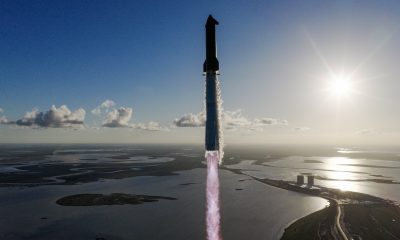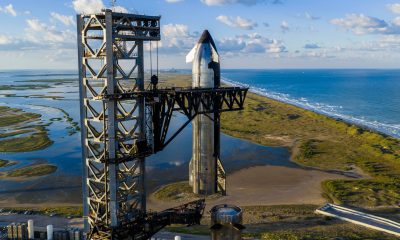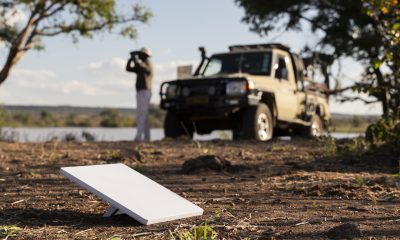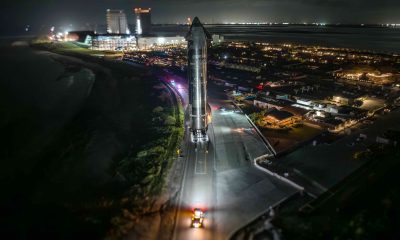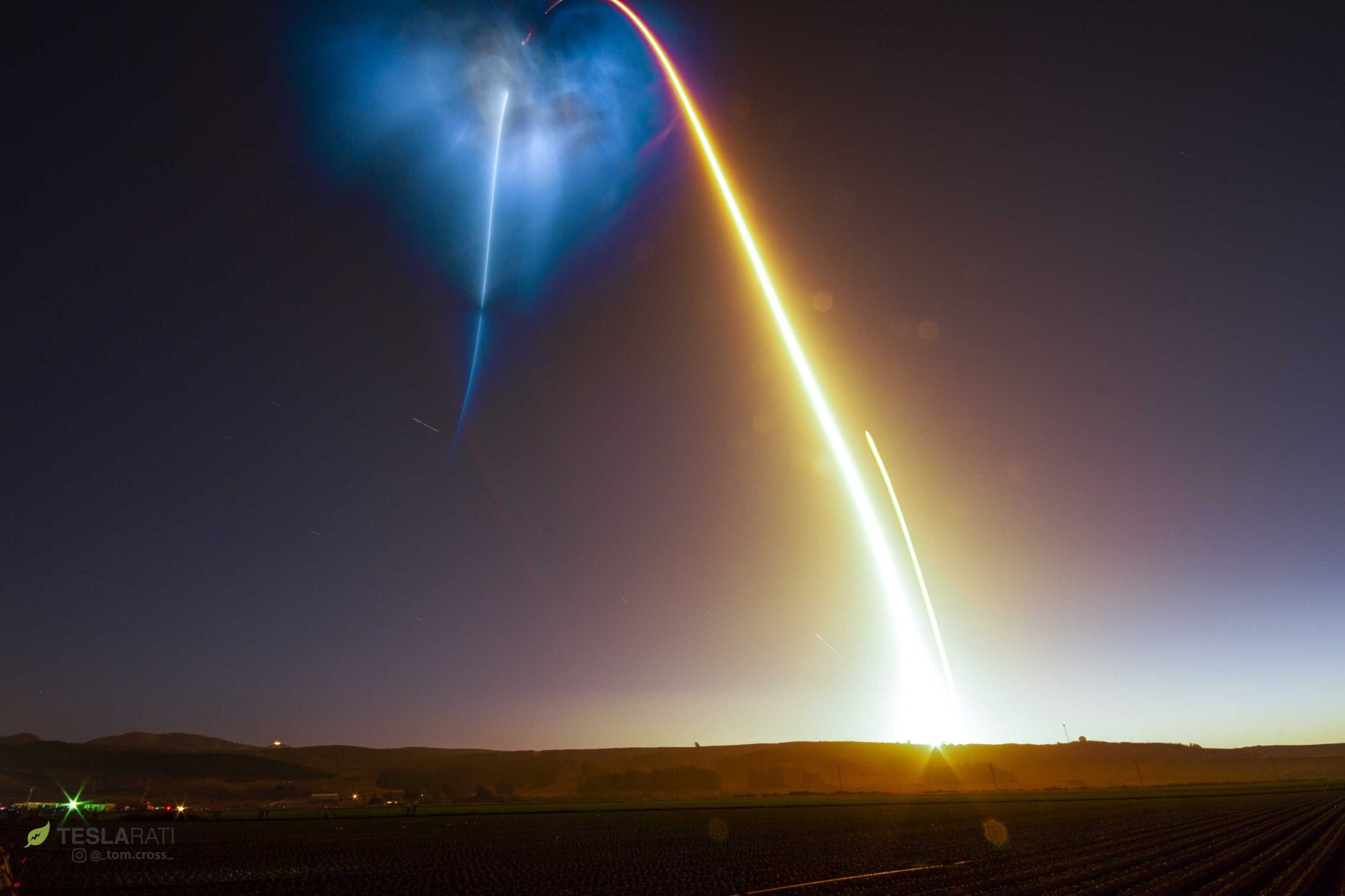
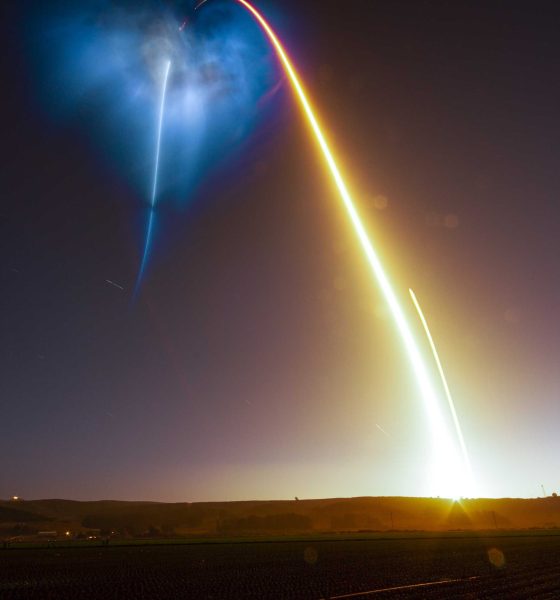
News
SpaceX lights up California sky in successful West coast landing zone debut
SpaceX has successfully recovered a Falcon 9 Block 5 booster on a land-based landing zone for the first time in the rocket’s brief history, marking the debut of the company’s West Coast LZ-4 and the second flight of a reused Block 5 booster. Thanks to coincidentally optimal conditions, the launch resulted in an extraordinary visual show for those within several hundred miles, spotted anywhere from Los Angeles, CA to Phoenix, AZ and beyond.
Perhaps even more jaw-dropping than the Iridium-4 spectacle that caused quasi-hysteria throughout much of California, Falcon 9 B1048 and its upper stage companion created an extraordinary show as the booster the booster separated, flipped 180 degrees, and began its boostback burn directly into the plume of S2’s Merlin Vacuum engine.
- B1048 bares its sooty skin the morning before launch. (Pauline Acalin)
- Falcon 9 B1048 streaks into a clear California sky with SAOCOM 1A. (Tom Cross)
Known as plume interaction, the phenomena has been known to produce extraordinary visual effects and the launch of SAOCOM 1A was certainly no exception. From the perspective of a popular public viewing area a little over five miles from SpaceX’s SLC-4 launch complex and LZ-4 landing zone, a period of maybe 30 seconds after S2 and S1 separated and ignited were marked by what looked exactly like the birth of a nebula. Although S2 and S1 plume interaction does make for incredible visuals on its own, the secret ingredient responsible for phenomena like SAOCOM 1A and Iridium-4 is coincidentally perfect timing.
Those launches and others like them share one major trait: they tend to be scheduled for liftoff between 15 minutes and an hour after sunset. By launching after the sun has set at the launch site itself, this allows the rocket to quite literally catch up with the terminator and reenter sunlight while those on the ground at or around the pad experience twilight conditions. Combined, the rocket plumes are thus backlit by the sun at the same time as the sky to any grounded observer is nearing total darkness, akin to an aurora or bioluminescence in the deep sea.
After Falcon 9’s fireworks, booster B1048 managed a stunning return to Landing Zone 4 (LZ-4), giving local observers a nice triple sonic boom. Now standing just ~1400 feet away from the SLC-4E pad, B1048 could very likely become the first booster SpaceX launches three times – perhaps as soon as November or December, depending on its condition after landing.
Falcon 9 on Landing Zone 4 after delivering SAOCOM 1A to low Earth orbit, marking the 30th successful landing of a rocket booster. pic.twitter.com/8cgAaWlBEl
— SpaceX (@SpaceX) October 8, 2018
For prompt updates, on-the-ground perspectives, and unique glimpses of SpaceX’s rocket recovery fleet check out our brand new LaunchPad and LandingZone newsletters!
Investor's Corner
Tesla analyst says this common earnings narrative is losing importance
“Numbers are going down next year, but that’s ok because it’s all about autonomy.”
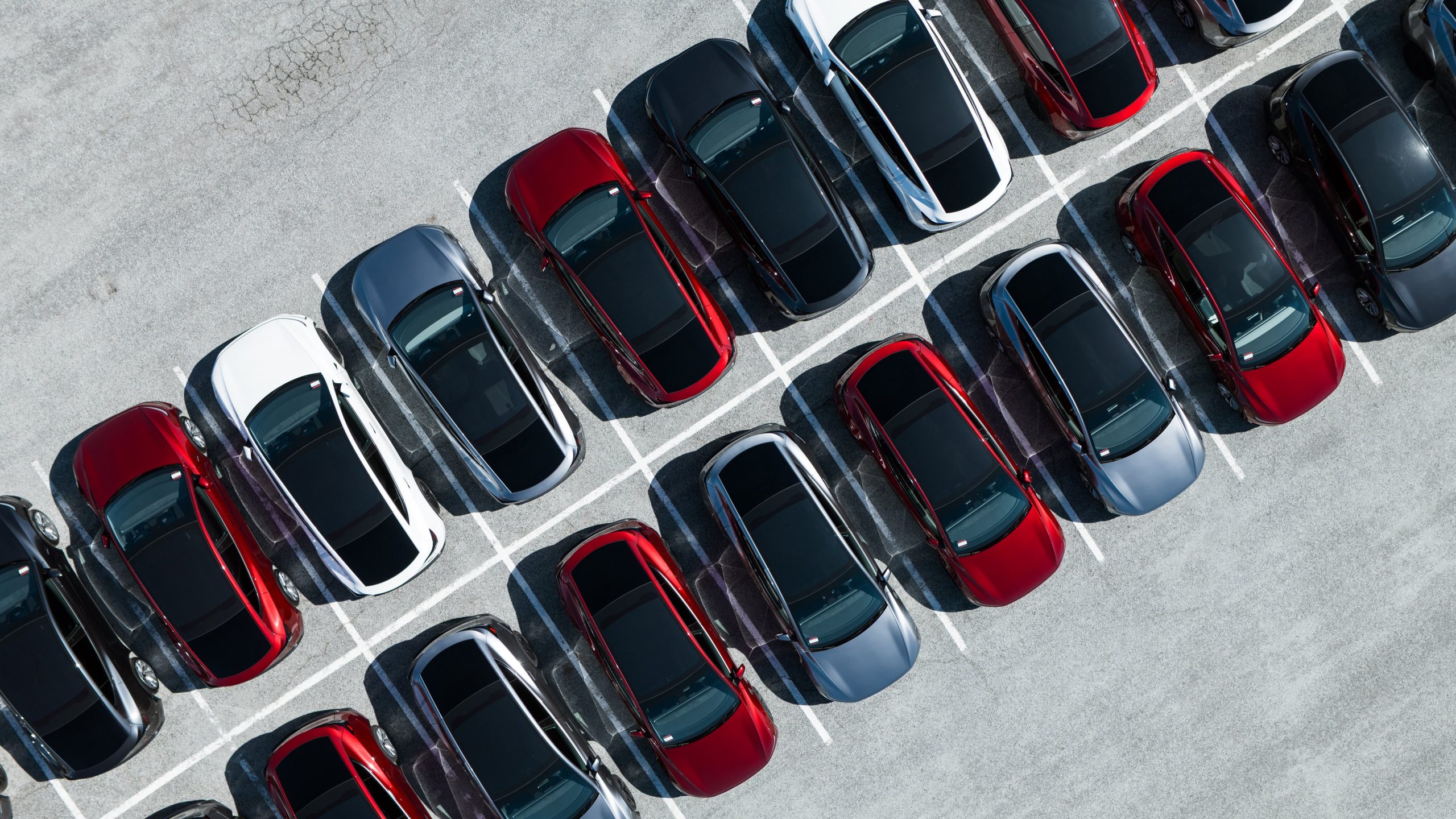
A Tesla (NASDAQ: TSLA) analyst is doubling down on the idea that one common earnings narrative is losing importance as the company continues to work toward new technologies and projects.
This week, Tesla will report earnings for the third quarter, and one thing people always pay attention to is deliveries. Although Tesla reveals its deliveries for the quarter well before it reports earnings, many investors will look for commentary regarding the company’s strategy for responding to the loss of the $7,500 tax credit.
Tesla has made a few moves already, including a lease deal that takes a substantial amount of money off, launching new Standard models, and cutting up to 23 percent off of lease pricing.
Tesla makes crazy move to spur short-term demand in the U.S.
However, analysts are looking at the company in a different light.
Aligning with the narrative that Tesla is not just a car company and has many different projects, Gene Munster of Deepwater Asset Management believes many investors need to look at another part of the business.
Munster said the delivery figures for Q3, which landed at 497,099, the highest in company history, were padded by customers rushing to showrooms to take advantage of the expiring tax credit.
He believes that deliveries will be more realistic in subsequent quarters, but investors should not worry because the focus on Tesla is not going to be on how many cars it hands over to customers:
“Numbers are going down next year, but that’s ok because it’s all about autonomy.”
Here’s the $TSLA preview. Numbers are going down next year, but that’s ok because it’s all about autonomy. pic.twitter.com/mUb9scFtCA
— Gene Munster (@munster_gene) October 17, 2025
Tesla has been working nonstop to roll out a dedicated Robotaxi platform in various cities across the United States, and has already launched in two states: Texas and California.
It has also received regulatory approvals to test driverless Robotaxis in Arizona and Nevada, while seeking permissions in Florida and other states, according to the company’s online job postings.
Munster continued:
“Most people are hyper-focused on the Robotaxi opportunity and not focused as much on FSD.”
While Robotaxi is incredibly important, Tesla’s Full Self-Driving (Supervised) suite is also extremely crucial moving forward, as it sets the stage for the company to roll out a formidable self-driving service.
Tesla rolled out its newest FSD software to more owners last night, and as it expands, the company is gaining valuable data to refine its performance.
Earnings will be reported tomorrow at market close.
News
Tesla rolled out a new feature with FSD v14 to fix a major complaint
One of the most crucial cameras for FSD operation is located at the top of the windshield, and some owners have complained about condensation or other debris accumulating here, which impacts FSD’s availability during drives.
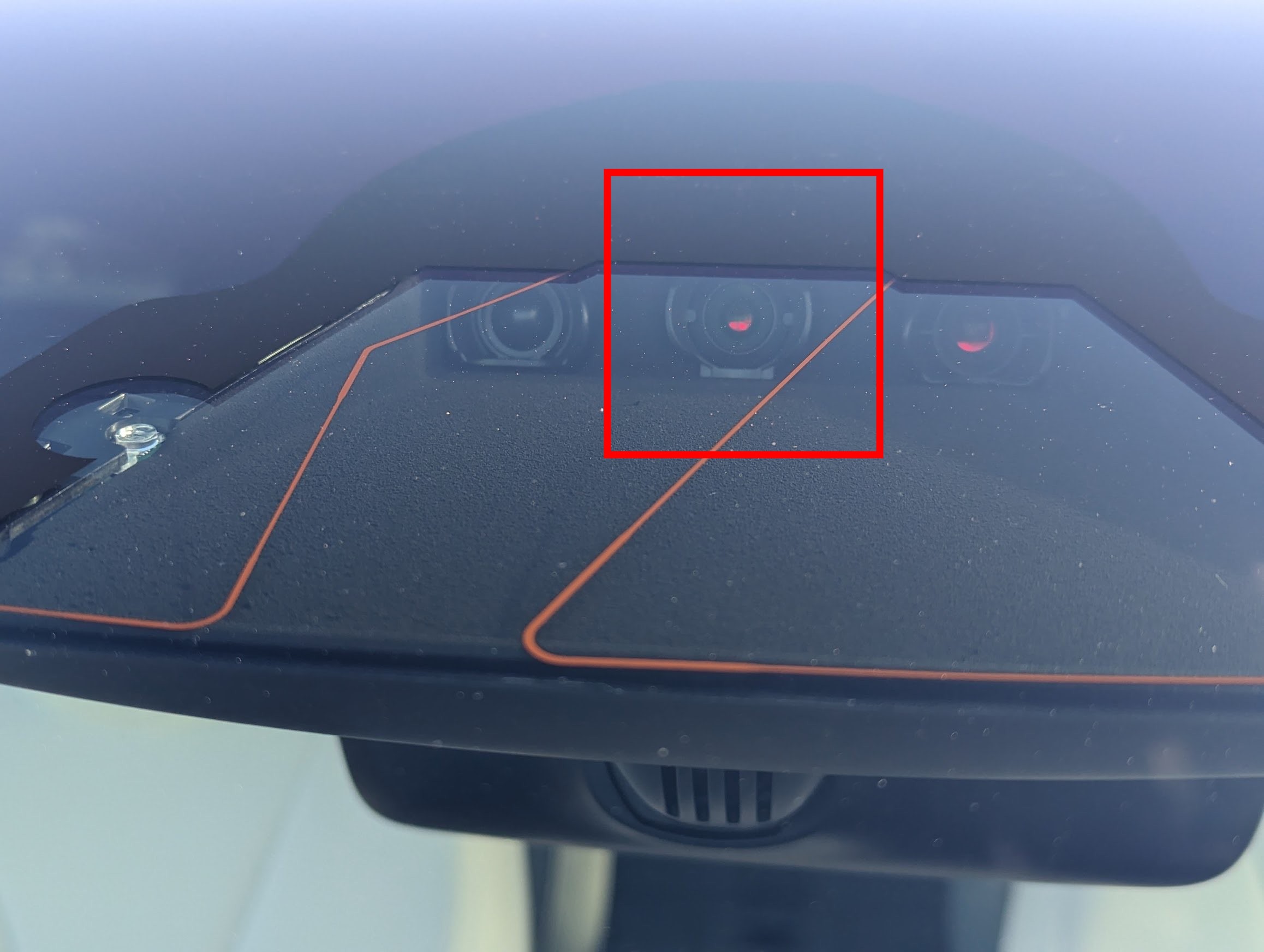
Tesla rolled out a new feature with Full Self-Driving (Supervised) v14.1.3 in an effort to fix a major complaint from owners.
Tesla’s approach to self-driving is significantly different than other companies as it only relies on cameras for operation. Tesla Vision was launched several years ago and completely axed any reliance the suite had on sensors, as CEO Elon Musk’s strategy was unorthodox and went against the grain.
However, it has proven to be effective, as Tesla still operates the most refined semi-autonomous driving suite in the United States.
There are some drawbacks, though, and one of them has to do with the obvious: cameras get dirty and need to be cleaned somewhat regularly.
One of the most crucial cameras for FSD operation is located at the top of the windshield, and some owners have complained about condensation or other debris accumulating here, which impacts FSD’s availability during drives:
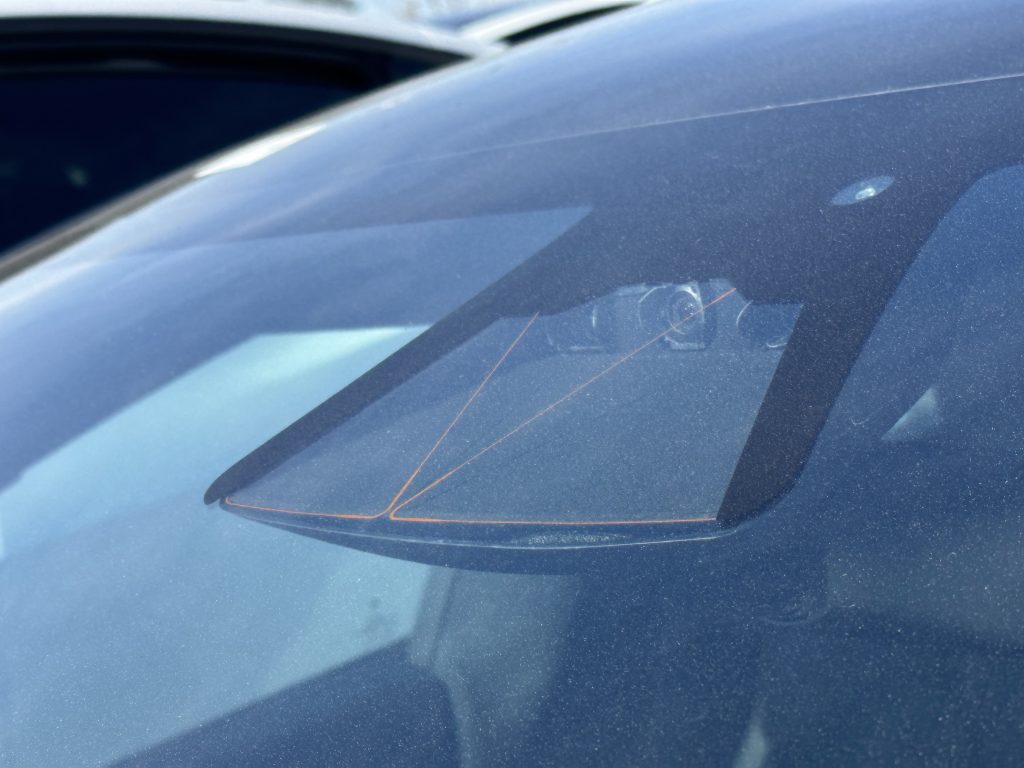
Image Credit: The Kilowatts/Twitter
Tesla has been working to confront this issue, and in classic fashion, it used a software update to work on resolving it.
With the rollout of Full Self-Driving v14.1.3 and Software Version 2025.32.8.15, Tesla added a new feature that aims to clean the front camera efficiently without relying on the owner to do it manually.
Tesla Full Self-Driving’s new version officially gets a wider rollout
In its release notes for the suite, it said:
“Added automatic narrow field washing to provide rapid and efficient front camera self-cleaning, and optimize aerodynamics wash at higher vehicle speed.”
If the camera starts to have some issues with visibility, the car will automatically clean the front windshield camera to avoid any issues:
Tonight was the first time I experienced the new @Tesla FSD V14 windshield wiper front camera self-cleaning feature.
Tesla: “Added automatic narrow field washing to provide rapid and efficient front camera self-cleaning, and optimize aerodynamics wash at higher speed.” pic.twitter.com/Pu0vRa3tDx
— Sawyer Merritt (@SawyerMerritt) October 21, 2025
This new addition is a small but mighty change considering all things. It is a necessary process to keep things operational and avoid any disruptions in FSD performance. It is also a testament to how much better Tesla vehicles can get with a simple software update.
News
Tesla Full Self-Driving’s new version officially gets a wider rollout
So far, v14 has introduced a handful of new features and improvements, but the first versions needed refinement before Tesla made an effort to expand the population. It had issues with a brake stutter, but this has been mostly resolved.
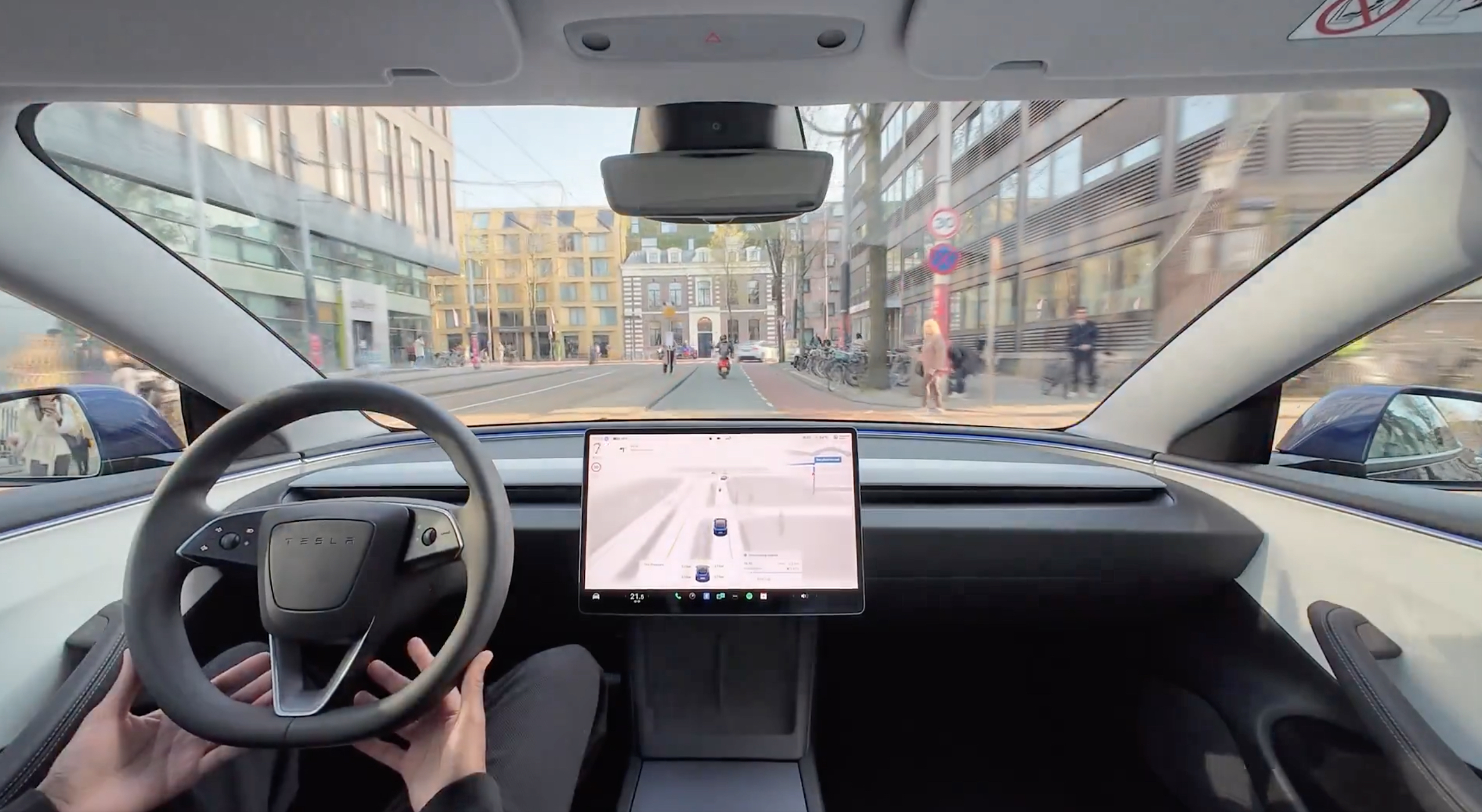
Tesla’s newest Full Self-Driving version is officially rolling out wider to customers outside of the Early Access Program (EAP), in preparation for a total launch of the new v14 suite.
Over the past several weeks, Tesla has been working to refine its new v14 Full Self-Driving (Supervised) in an effort to have it ready for the entire fleet of vehicles in the United States. We are lucky enough to be in the EAP, so we’ve been able to test new features and rollouts first-hand.
So far, v14 has introduced a handful of new features and improvements, but the first versions needed refinement before Tesla made an effort to expand the population. It had issues with a brake stutter, but this has been mostly resolved.
Additionally, the rollout of the new Mad Max Speed Profile has gathered some attention.
🚨 Tesla “Mad Max” testing on FSD v14.1.2
It drives like a human being! Consistent lane changes, keeps up with quicker traffic, very refined
Well done Tesla Team pic.twitter.com/wzTucDhczA
— TESLARATI (@Teslarati) October 19, 2025
Now that Tesla has started rolling out v14.1.3 yesterday to EAP members, the company ultimately decided that it was time to expand the software to more vehicles, as many owners are reporting that they’re receiving it:
We are SOOOO BACK!
v14.1.3 installing on my 2024 Model 3!@WholeMarsBlog pic.twitter.com/uNHOc9fyV8— Joseph (@ScarantinoX) October 20, 2025
Additionally, the suite has started to expand to Model S and Model X vehicles, so this rollout is not exclusive to Model 3 and Model Y:
I did over an hour of driving with FSD v14.1.3 in my Model S tonight and experienced 0 disengagements. First impressions video uploading shortly… pic.twitter.com/aFfmBphAsC
— Dan Burkland (@DBurkland) October 21, 2025
The only issue with this rollout is that it still appears to be missing the Cybertruck, which Tesla was transparent about earlier this month. Although the company planned to release v14 to Cybertrucks by the end of the month, there has been no hint that this is going to happen.
This is already the third iteration of v14 in the past two weeks, indicating that Tesla is truly addressing the shortcomings of past versions and rolling out updates as quickly as possible.
-

 Elon Musk4 days ago
Elon Musk4 days agoSpaceX posts Starship booster feat that’s so nutty, it doesn’t even look real
-

 Elon Musk3 days ago
Elon Musk3 days agoTesla Full Self-Driving gets an offer to be insured for ‘almost free’
-

 News3 days ago
News3 days agoElon Musk confirms Tesla FSD V14.2 will see widespread rollout
-

 News4 days ago
News4 days agoTesla is adding an interesting feature to its centerscreen in a coming update
-

 News6 days ago
News6 days agoTesla launches new interior option for Model Y
-

 News5 days ago
News5 days agoTesla widens rollout of new Full Self-Driving suite to more owners
-

 Elon Musk4 days ago
Elon Musk4 days agoTesla CEO Elon Musk’s $1 trillion pay package hits first adversity from proxy firm
-
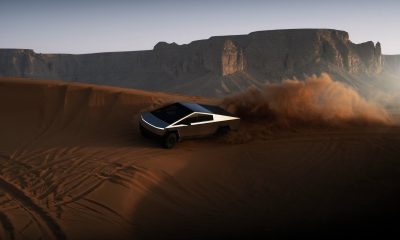
 News6 days ago
News6 days agoTesla makes big move with its Insurance program

